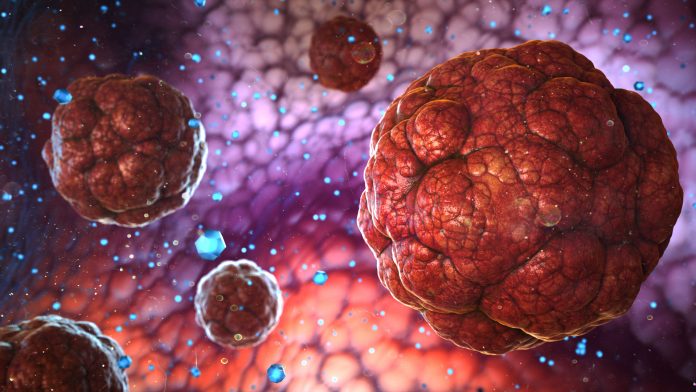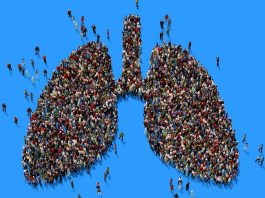Scientists led by St. Jude Children’s Research Hospital have used neutron scattering techniques to investigate what happens inside cells when they are at risk of becoming cancerous.
The St. Jude’s team, working out of the Oak Ridge National Laboratory (ORNL), is using neutron scattering to better understand the altered state of the nucleolus-a membrane-less organelle inside the cell-when the cell is compromised. Novel insights into cell behaviour at the atomic and molecular scales will enable better detection and treatment of cancer in its many forms.
Eric Gibbs, a postdoctoral researcher working at St. Jude Children’s Research Hospital, said: “For over 100 years, it’s been known that cancer cells have larger nucleoli than normal cells. Nucleoli are like fluid factories, or assembly lines for the production of ribosomes-complex enzymes that link amino acids together to make proteins. The level of ribosome production is related to how quickly the cell can grow. Preventing uncontrolled ribosome biogenesis is critical to preventing the propagation, or the spread, of cancer cells throughout the body.”
Neutron scattering experiments on human cells
In early 2020, Gibbs performed neutron scattering experiments at ORNL’s Spallation Neutron Source (SNS) to study the interactions between two nucleolar proteins-nucleophosmin and a naturally occurring tumour suppressor protein called the alternative reading frame (ARF). The ARF tumour suppressor is expressed when cells sense the early changes on the path to becoming cancerous-a process termed oncogenic stress.
According to Gibbs, nucleophosmin aids in the assembly of ribosomal components in the nucleolus that include multiple protein and RNA molecules. Nucleophosmin also acts as an escort for assembled pre-ribosomal particles during their transport from the nucleus-the membrane-bound organelle that encases the nucleolus-to the cytoplasm outside the nucleus where all cellular proteins are synthesised.
Gibbs added: “When cells experience oncogenic stress, the ARF tumour suppressor is overexpressed, or upregulated, and shuts down the ribosomal assembly line by causing the pre-ribosomal particles to get stuck in the nucleolus, thus halting protein production.”
The ARF’s role in preventing tumour formation
The ARF tumour suppressor is important, because it is among the top three genes that are mutated in almost all cancers. Previous studies by the research hospital found that when the ARF gene was deleted, the size of a cell’s nucleolus increased, as did the rate of ribosome assembly. They found that the cell would produce significantly more protein than healthy cells normally do, resulting in abnormal cancer cell growth and proliferation. Understanding the mechanism, or exactly how ARF works, could be paramount to a deeper understanding of tumour suppression, which could lead to novel insights into improved therapeutics for patients.









